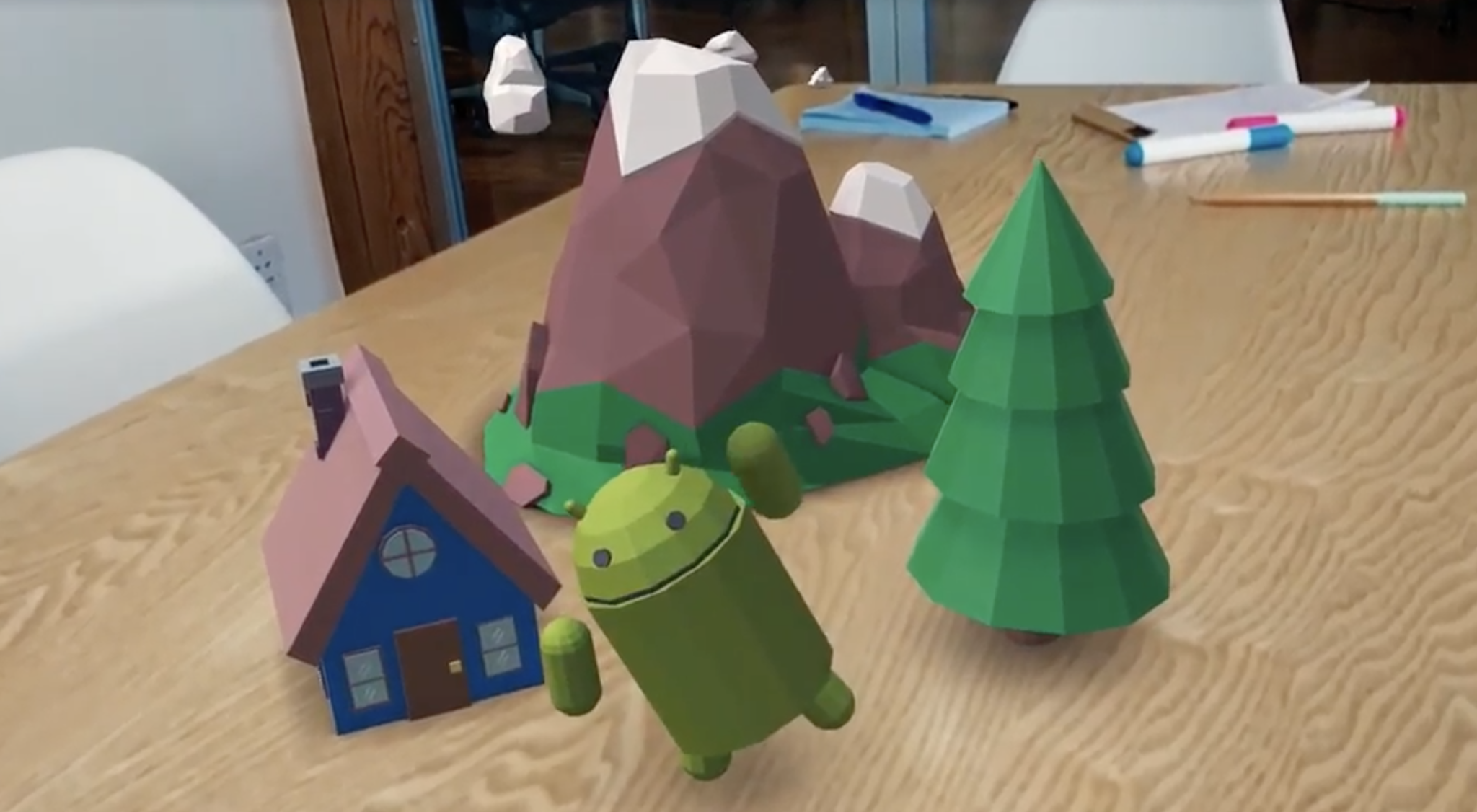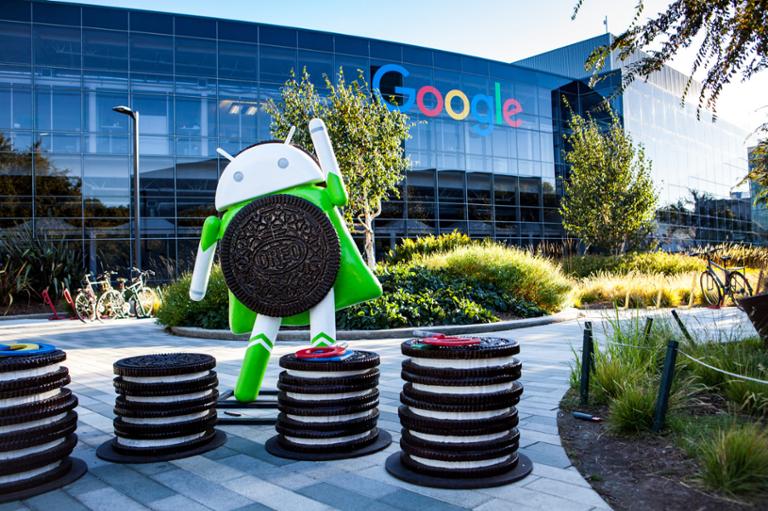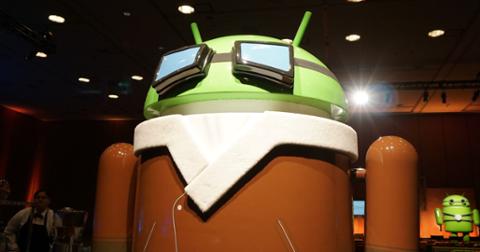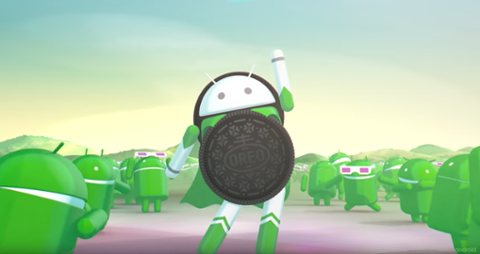Google I/O 2018 is
just around the corner (as in: it starts in a couple of hours), and we already have a good idea of what's in store for developers at the conference. Between Android, the web, artificial intelligence (A.I.), machine learning (ML), and the various products and services Google offers, there’s a lot to gain from I/O if you're a tech pro. Here’s where we think Google will take us this year.
Android ‘Popsicle’ & Google I/O 2018
Sometimes, it’s hard to know if leaks are purposeful or accidental. Such is the case with Android P; the Android developer portal ‘leaked’ a screenshot of some very iPhone X-ish gestures apparently coming to this latest version of the Android OS. Via a screenshot of some DNS settings,
Ars Technica noticed the ‘recents’ button was missing, and a small pill-shaped icon joined the ‘back’ button; 9to5Mac’s Stephen Hall
cites sources claiming this new look is specific to gesture controls. Gesture controls? Sensible, but a huge leap for Android. We still don’t know how these gestures will work, but it seems as if you’ll be able to swipe up to go home, back and forth to toggle between apps, and use the back button to navigate within apps. Google also may have spilled the beans on Android P’s name. On
Instagram, the company invited people to screenshot images to use as backgrounds for their devices. One of the images was all popsicles, and… why would you do that if not to drop a hint, hmm? Google usually likes to unveil Android's latest name with a statue at the Googleplex, but maybe they’re just going to announce the name and unveil the statue onstage.
Who knows. Aside from naming and gestures, developers will have to make deep considerations on user privacy when Android P is finally released. Google is tightening up how developers can (and should) access the camera and microphone, and signal the user when a recording is happening. Additionally, some
cryptography changes are coming. [caption id="attachment_147538" align="aligncenter" width="600"]

Popsicle, is that you?![/caption]
Chrome & the Web
Progressive Web Apps (PWAs) have their place at Google I/O 2018, with Google billing them as a true ‘bridge’ between mobile, desktop and native. There’s even a dedicated session on making WordPress sites progressive! (Google also wants AR and VR to be available for the web, so get ready for a conference-long plunge into virtual web experiences.) Though Google isn’t laying out specific Chrome sessions, that PWAs are part of this year’s festivities – and discussed as a ‘bridge’ between mobile and the web – suggests they’re the next play for Chrome OS and Android compatibility. Google has tried to get Android apps onto Chrome, and they work. Mostly. Progressive web apps would be a lot better in this scenario.

A.I., ML & Cloud
Google has what most would consider the most advanced A.I and machine learning (ML) offerings on the market, and has rounded out Firebase to make sure third-party developers can tap into the associated tools. A.I. and ML are housed under the TensorFlow umbrella, which makes TensorFlow and Firebase a solid one-two punch for Google's A.I. and ML strategy. So far, I/O sessions seem focussed on scalability for both services, especially in tandem. There’s also a dedicated session for
AIY, Google’s DIY A.I. platform. It’s where the Cardboard-based camera and speaker concepts (Vision Kit and Voice Kit, respectively) come from, and Google wants to help makers add these types of services to their products.
The Internet of Things & Google Assistant
Here’s an interesting wrinkle: Google’s Home platform Nest has one session at I/O 2018, but its Internet of Things (IoT) platform (i.e.,
Android Things) has plenty of sessions, office hours and keynote events. The core of Google’s IoT efforts is the Google Assistant, and there are a few sessions dedicated to using its SDK and APIs. There are also sessions on hardware architecture for Android Things devices, suggesting Google really wants to educate the world on its version of best practices for Google Assistant devices. It’s a smart move for providing guidance. [caption id="attachment_143175" align="aligncenter" width="2048"]

Google ARCore killed Tango.[/caption]
Secrets & Surprises
Everything scheduled for Google I/O seems to have a hook into something else: A.I. needs the cloud, web needs PWAs that want to be native, etc. But let’s chat about native.
Flutter, Google’s burgeoning mobile UI framework, has
ten sessions at I/O 2018, although it’s only in its second beta. Built with both Android and iOS in mind, Flutter allows for more expressive, beautiful app design across platforms. Flutter is essentially React Native for design. Instead of relying on ‘white label’ plug-and-play frameworks, it offers tooling that implements a certain design ethos. An Android and iOS app can look similar, while still featuring dedicated buttons for both platforms. In essence, Flutter is much more thoughtful for designing web apps than many platforms before it. We’d have to think Flutter is the evolution of Material Design, so it makes perfect sense to see it at I/O. Still, ten full sessions seems heavy. We expect the keynote to bring surprises, as usual. And more talk about augmented reality! There’s always plenty we don’t know ahead of the event, so watch for new features and upgrades to existing features.
 Popsicle, is that you?![/caption]
Popsicle, is that you?![/caption]

 Google ARCore killed Tango.[/caption]
Google ARCore killed Tango.[/caption]


